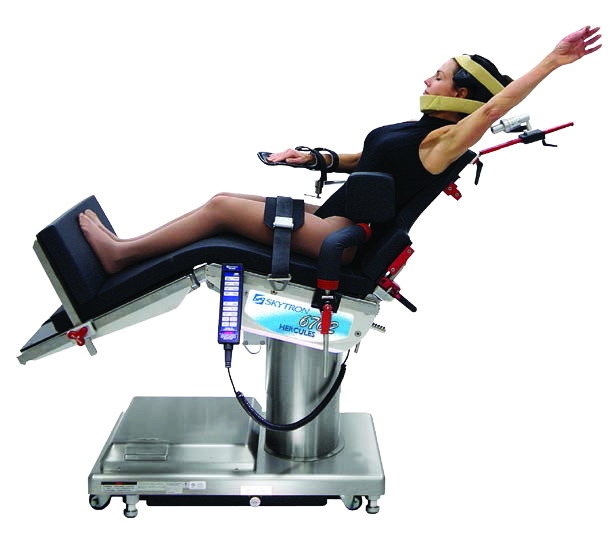Ensuring patient safety is a top priority for any OR team. One crucial aspect of this is proper patient positioning, which is essential as patients cannot communicate their discomfort or pain. To achieve improved outcomes in patient positioning, it is essential to rely on evidence-based practices when choosing positioning devices. Pressure injuries (PI) can result from both intrinsic and extrinsic factors, with prolonged surface interface pressure being one extrinsic factor that can lead to the development of PI. Unfortunately, foam devices offer minimal pressure redistribution and can lead to a patient “bottoming out” on a hard surface.

A scientific comparison between foam and gel positioning devices was conducted to determine best practice. Convoluted foam padding did not reduce pressure, whereas gel (viscoelastic polymer) padding provided better protection from excessive pressure. A lack of evidence exists to determine the optimal foam density and indentation load deflection for preventing pressure injuries in perioperative patients.
According to AORN’s 2020 Guideline for Positioning the Patient, static surfaces such as viscoelastic polymer (gel) overlays are designed to reduce shearing and support the patient’s weight without becoming fully compressed. Gel overlays and positioning devices are also radiolucent, latex-free, and reusable. As per the literature and AORN guidelines, gel positioning devices can provide better outcomes for patients, particularly by reducing the “bottom out” effect and related pressure and sheer.
In conclusion, evidence-based practices should guide changes in OR practices, especially regarding patient positioning, to achieve better outcomes and ensure patient safety.
